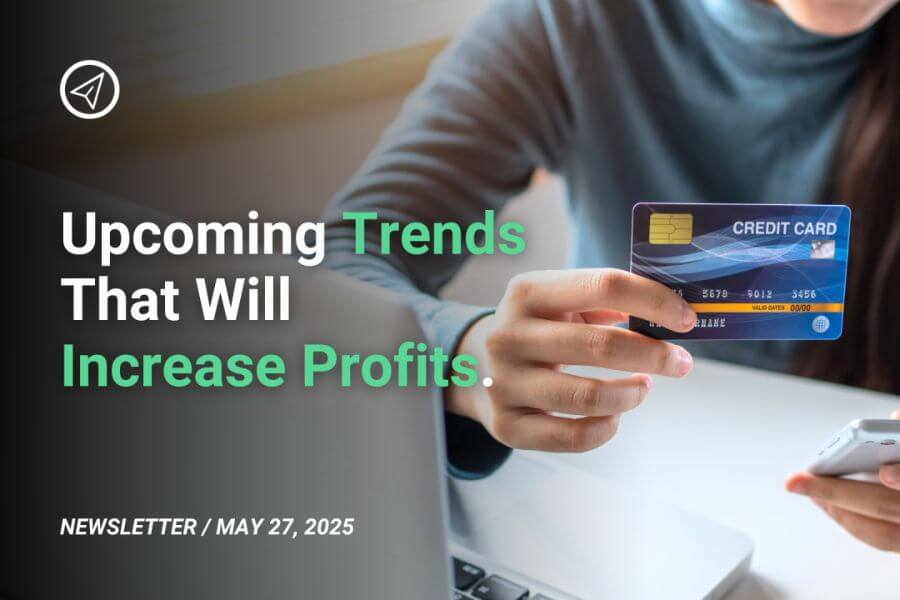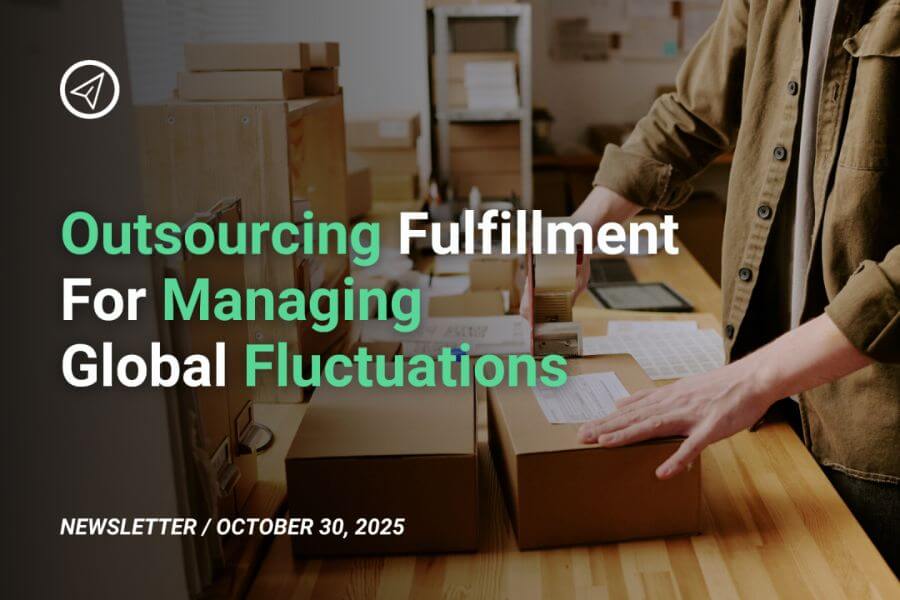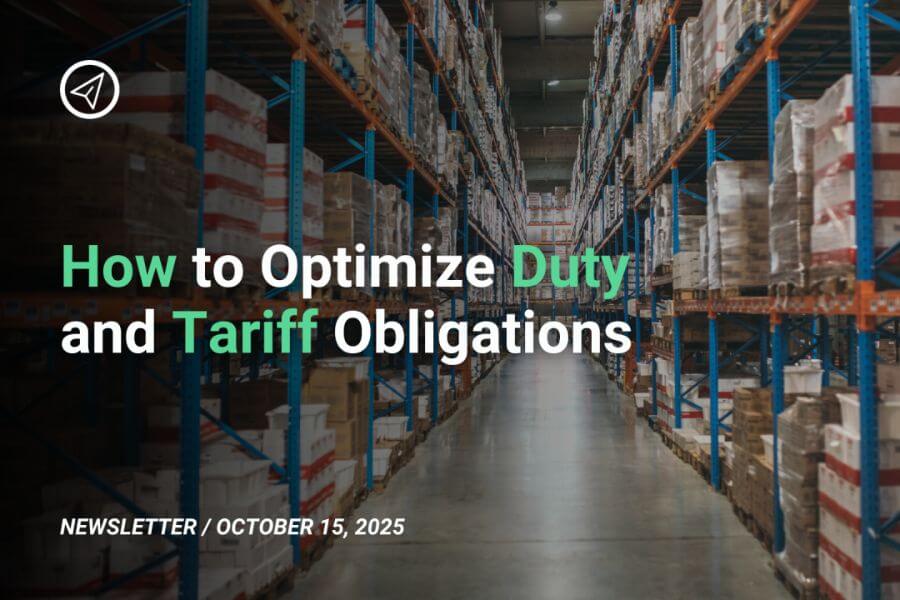>>> Read newsletter on LinkedIn <<<
Ecommerce is fueled by rapid advancements in tech and changing consumer expectations; online businesses must constantly adapt to stay competitive. Whether you’re running a small online store or managing a global retail brand, these 15 future ecommerce trends will help you prepare for what’s next.
1. 🎯 AI-powered personalization
Consumers expect brands to know what they want before they do. With AI and machine learning, businesses can offer personalized recommendations, targeted ads, and customized shopping experiences — boosting engagement and conversions.
2. 🗣️ Voice commerce
“Hey Alexa, buy more coffee.” Voice assistants are changing how people shop. As smart speaker use rises, optimizing your ecommerce site for voice search and conversational interactions will be key.
3. 🛋️ Augmented Reality (AR) experiences
Online shoppers want more than just static images. AR lets them preview products in their space or virtually try them on, increasing confidence and reducing return rates.
Example: IKEA’s app allows users to place furniture in their rooms with AR.
4. 🌱 Sustainability and ethical shopping
More shoppers are looking for eco-friendly and socially responsible brands. Highlighting sustainability efforts—like recyclable packaging or ethical sourcing—can set your store apart.
5. 🔄 Omnichannel shopping
Today’s customers expect a seamless experience across all platforms—mobile apps, desktop, social media, and in-store. Connecting these channels with consistent messaging and unified data is crucial.
6. 📱 Social commerce
Social media isn’t just for browsing anymore — it’s where people shop. Platforms like Instagram, TikTok, and Facebook now support direct purchases, influencer campaigns, and live sales.
7. 🔗 Blockchain and transparency
Blockchain technology is making waves by enabling secure transactions and transparent supply chains. It’s especially valuable for luxury goods, traceable products, and fraud prevention.
8. 🚚 Faster and smarter fulfillment
Same-day delivery, real-time tracking, and no-hassle returns are becoming standard. Invest in efficient logistics solutions like micro-warehousing and AI-driven inventory management.
9. 📲 Mobile-first everything
With mobile accounting for over half of online traffic, responsive design and mobile-friendly interfaces are non-negotiable. Simplify navigation and checkout for the small screen.
10. 📦 Subscription-based shopping
From snacks to skincare, subscription models are growing. They offer convenience for consumers and recurring revenue for businesses. Plus, they foster long-term customer loyalty.
11. 📺 Live shopping events
Think QVC meets Instagram Live. Livestream commerce allows real-time product demos, Q&A sessions, and impulse buying—all wrapped in engaging content.
12. 🧠 Headless commerce architecture
Headless commerce separates the front-end from the back-end of your website, allowing more customization, faster updates, and consistent experiences across multiple platforms and devices.
13. 🤖 AI-powered customer service
Chatbots and virtual agents are getting smarter, resolving common issues instantly while providing 24/7 support. This keeps customers happy and reduces your support costs.
14. 🔐 Data privacy and regulation
Consumers are increasingly concerned about how their data is used. Complying with privacy laws (like GDPR and CCPA) and being transparent about data practices builds trust.
15. 💸 Cryptocurrency and new payment options
From Bitcoin to Buy Now, Pay Later (BNPL) services, payment innovation is booming. Offering flexible and secure options can reduce cart abandonment and appeal to a broader audience.
🧭 Final thoughts
The future of ecommerce is rich with opportunity—but also packed with challenges. To stay ahead, businesses must be agile, tech-savvy, and deeply customer-focused. Whether you embrace AI, invest in sustainability, or go all-in on social commerce, one thing is clear: those who innovate will lead.





